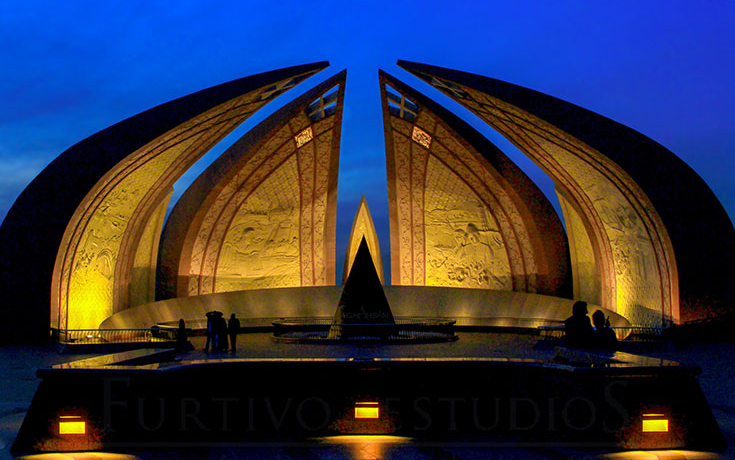I am sure you know about Egypt National Monument. The Giza Pyramids stand as timeless marvels, shrouded in mystery and captivating the world with their majestic presence. These architectural wonders, located on the Giza Plateau near Cairo, Egypt, have fascinated historians, archaeologists, and travelers for centuries.
Historical Significance of Egypt National Monument
Construction and Purpose
Built during the Fourth Dynasty of the Old Kingdom of Egypt, these pyramids served as monumental tombs for the pharaohs Khufu, Khafre, and Menkaure. The sheer magnitude of their construction, using massive limestone blocks, continues to baffle experts, sparking debates on the methods employed by ancient Egyptians.
Architectural Features
Each pyramid boasts distinct features and complexities. The Great Pyramid of Giza, attributed to Pharaoh Khufu, remains the largest and most enigmatic. Its precision in alignment with cardinal points and the intricate internal passages signify the advanced engineering skills of its builders.
Cultural Importance of Egypt National Monument
Symbolism and Legacy
The pyramids symbolize the Egyptian belief in the afterlife, serving as elaborate tombs filled with treasures and offerings for the deceased pharaohs. Their legacy extends beyond religious significance, representing the epitome of ancient Egyptian architecture and craftsmanship.
Tourism and Visitors
Drawing millions of tourists annually, the Giza Pyramids stand as a testament to Egypt’s rich history and cultural heritage. Visitors marvel at the grandeur of these structures, exploring the surrounding Sphinx, temples, and burial chambers.
Egypt National Monument: Preservation Efforts
Challenges Faced
Despite their enduring presence, the pyramids face threats from urban encroachment, pollution, and erosion. The delicate balance between preservation and accessibility poses significant challenges to conservation efforts.
Conservation Measures
Dedicated initiatives led by archaeological teams and governmental bodies strive to safeguard these treasures. Measures include monitoring structural integrity, limiting visitor impact, and employing advanced restoration techniques.
Mysteries Surrounding the Pyramids
The intricate design and alignment of the pyramids fuel various theories, from alien intervention to complex mathematical and astronomical significance. Ongoing research continues to unravel new findings, igniting both curiosity and controversy.
Impact on Egypt’s Identity
The Giza Pyramids stand as the cornerstone of Egypt’s identity, symbolizing the country’s rich heritage and contributing significantly to its global recognition.
UNESCO World Heritage Site Status
Acknowledging their universal significance, UNESCO designated the Giza Necropolis, encompassing the pyramids and surrounding areas, as a World Heritage Site in 1979, emphasizing the need for their protection and preservation.
Economic Influence
The pyramids serve as a vital economic asset, generating substantial revenue from tourism. The influx of visitors supports local economies, fostering infrastructural development and job creation.
Controversies and Misconceptions
Amidst admiration, controversies and misconceptions persist. Claims of hidden chambers, unexplored passages, and alternative construction theories continue to stimulate debates among experts and enthusiasts.
Modern Research and Scientific Discoveries
Contemporary scientific advancements, including ground-penetrating radar and non-invasive exploration techniques, have unearthed new insights into the pyramids’ construction and purpose, fueling renewed interest and scholarly endeavors.
Conclusion
The Giza Pyramids, embodying the splendor of ancient Egypt, continue to intrigue and inspire awe. Their historical, cultural, and architectural significance remains unparalleled, inviting generations to unravel their mysteries and appreciate their enduring legacy.
Egypt National Monument: FAQs
- Are the Giza Pyramids the only pyramids in Egypt?
- No, Egypt is home to numerous pyramids, but the Giza Pyramids are the most famous and iconic.
- What is the significance of the Sphinx near the Giza Pyramids?
- The Sphinx, a colossal statue with a lion’s body and human head, is believed to represent a guardian figure associated with the pharaohs’ tombs.
- Do the pyramids hold hidden chambers or passages yet to be explored?
- Ongoing research using advanced technology suggests the possibility of undiscovered chambers or passages within the pyramids.
- How were the pyramids built without modern technology?
- The exact construction methods remain a subject of debate, with theories suggesting the use of ramps, levers, and skilled labor to transport and place massive stone blocks.
- What challenges threaten the preservation of the Giza Pyramids?
- Urban development, environmental factors like pollution and erosion, and the impact of tourism pose significant challenges to preserving the pyramids.
References:
- Lehner, Mark. “The Complete Pyramids: Solving the Ancient Mysteries.” Thames & Hudson, 2008.
- Verner, Miroslav. “The Pyramids: The Mystery, Culture, and Science of Egypt’s Great Monuments.” Grove Press, 2002.
- UNESCO World Heritage Centre – Giza Necropolis.
Featured Image Credits: Nick Brundle Photography/Getty Images

